To handle Aquarium and Fish Care you must first relate to the type of fish. Fish include saltwater fish and freshwater fish, which freshwater includes tropical and coldwater fish. To help you get started in Aquarium and Fish Care we can consider a few types of fish.
Pantodontidae:
Pantodontidae only includes a couple of types, which the common names are the freshwater flying fish and the butterfly fish. The fish come from West Africa and grow 4 inches in size. The butterfly fish are flat-bodied fish, which are made up of small bold patterns. The tropical fish has a flat body shape, which tapers at the snout. The butterfly fish comes from the family of Chaetodontidae, which is the Latin name for Pantodontidae.
Pantodontidae fish are also shaped like boats, which their mouth may turn upward. The fish may have huge wing like chest commonly known as pectorals. Few fish have brown toned bodies, while others may have a greenish-gray color. In addition, the fish may have streaks, or dark spots.
Pandontidae fish are relatively passive fish. It is ideal that you keep these fish however with their own species or size rather.
How to feed:
Pandontidae fish do not feed from the bottom of the tank. The fish prefer to dine on smaller fish, such as minnows and insects. Since Pandontidae, fish are cannibals the fish can be trained to feast off meaty dishes or even worms. You will need a long stick to train the fish to eat worms, or related dishes.
Preferred water:
Pandontidae prefer temperate soft water. The temperature should remain around 80 degrees Fahrenheit. If you purchase the butterfly fish, keep the fish in a half filled tank. Butterfly fish also prefer waters, which include thicket plants. The plants should also fires above water.
Pandontidae fish are not easy to mate. If you are purchasing fish to mate, it is ideal to select other choice fish. However, if you do select Pandontidae make sure that the hatchlings have “minute insects” to feast on after their birth. The eggs usually produce fruits after three days.
Fish specie includes the Mormyridae. Mormyridae fish are captured from South and Central African Pools. Ironically, the Mormyridae fish have a body ratio weight and brain weight that compares to man.
These fish have a good sense of humor; as well, the fish are curious and easy to teach. If you decide to purchase the Mormyridae fish, make sure that the fish’s diet is maintained; otherwise, they tend to decline food, since the myogenic organs are feeble. Thus, Mormyridae fish are listed under the electric fish category.
Marcusenius Schilthuisiae
This breed of fish is commonly known as the trunkfish, or elephant trunkfish. The fish comes from Central Congo, and grows about 4 inches in size. Marcusenius Schilthuisiae species have silvery-brownish bodies, which include dark bands and dull tubercle, which differs from the G. Petersi species. The G. species have a stretched out chin. The behavior of these fish is comparable to the G. Fish, which includes the water condition, breeding, feed, sexing, etc.
Gnathonemus Petersi
Gnathonemus Petersi is commonly called elephant nosed fish. The fish grow about 4 inches in size and come from Cameroon and Congo. When the fish are grown outside of tank water, the fish grow to be around 9 inches in size. Gnathonemus Petersi has elongated chins, which are sideways and are squeezed against the body. The species has an anal and dorsal fin. The fish is colored black or darker brown, which its body has two strips colored white. The fish’s behavior is passive and is easily stored in commune aquariums. The fish eats freshwater fleas. The fish also enjoys Tubifex, which is a common fish worm.
Since the Gnathonemus Petersi likes to hide, you want to keep the water temperature at 80 degrees, and the tank filled with a surplus of plants. Do not add brilliant lights to the tank. Barbs might be a bit more appealing choices in fish.

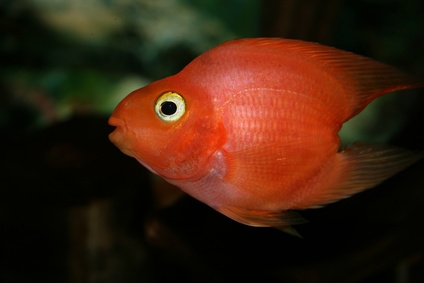 Compatibility Between Freshwater Tropical Fish
Compatibility Between Freshwater Tropical Fish
Compatibility Between Freshwater Tropical Fish
Compatibility Between Freshwater Tropical Fish
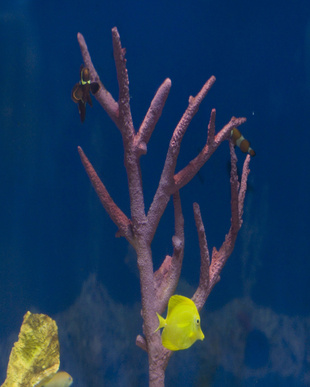 Different Kinds of Fish for Aquariums
Different Kinds of Fish for Aquariums
Different Kinds of Fish for Aquariums
Different Kinds of Fish for Aquariums
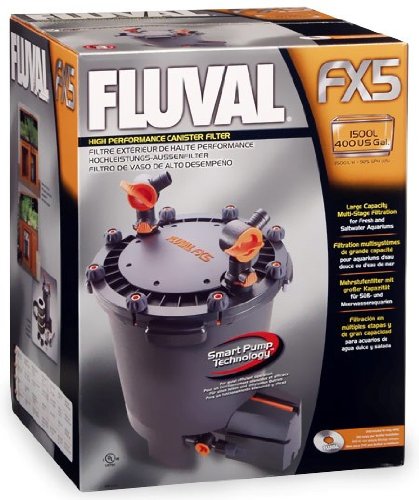 Fluval Aquarium Filters
Fluval Fish Tank Filters for Your AquariumIn t
Fluval Aquarium Filters
Fluval Fish Tank Filters for Your AquariumIn t
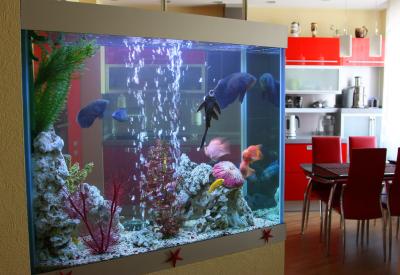 List of Aggressive Tropical Freshwater Fish
List of Aggressive Tropical Freshwater Fish
List of Aggressive Tropical Freshwater Fish
List of Aggressive Tropical Freshwater Fish
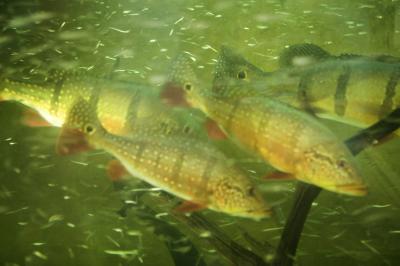 Cloudy Eyes on Aquarium Fish
Cloudy Eyes on Aquarium Fish
Cloudy Ey
Cloudy Eyes on Aquarium Fish
Cloudy Eyes on Aquarium Fish
Cloudy Ey